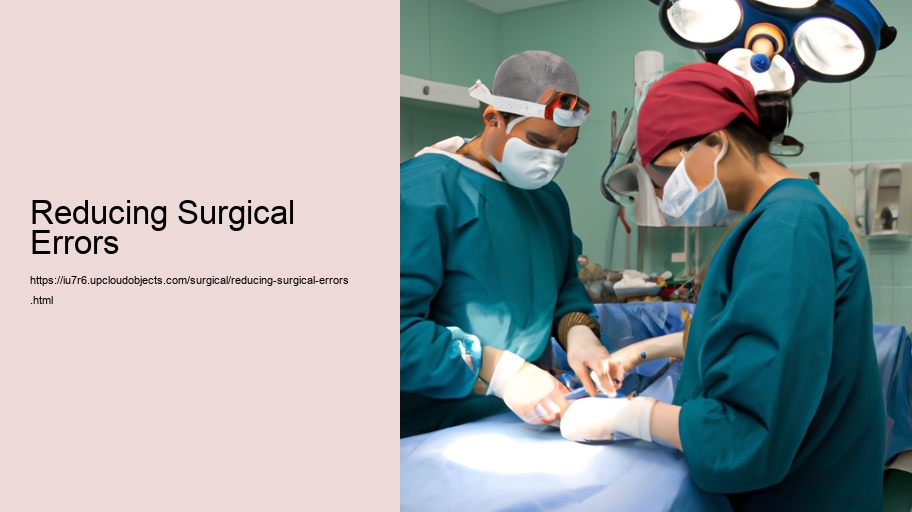Reducing surgical errors is a critical goal in the healthcare industry, aiming to improve patient outcomes, enhance the quality of care, and maintain the trust and safety that patients place in the hands of medical professionals. Surgical errors, often referred to as "never events" because they are identifiable, preventable, and serious, can range from operating on the wrong site or patient to leaving a foreign object inside a patient's body. The consequences of such errors are profound, affecting not only the physical and emotional well-being of patients but also the reputations of healthcare providers and institutions.
To address and reduce surgical errors, a multifaceted approach involving technological advancements, procedural improvements, and ongoing education and training is essential. One of the cornerstones in the fight against surgical errors is the implementation of surgical safety checklists. These checklists, popularized by the World Health Organization, serve as critical pause points, enabling surgical teams to confirm crucial details before the operation begins, such as patient identity, surgical site, and the procedure to be performed. They also ensure that all necessary equipment is available and functioning, and that potential complications are considered and prepared for in advance.
Technological advancements also play a pivotal role in reducing surgical errors. For example, the use of RFID tags and barcodes on surgical instruments and sponges can help ensure that no foreign object is left inside a patient. Moreover, computer-assisted surgery and robotics are increasingly being used to enhance precision and control during operations, potentially reducing the risk of human error.
Communication and teamwork in the operating room are vital. Clear and assertive communication can prevent misunderstandings that may lead to errors. Regular team briefings and debriefings allow the sharing of critical information and the opportunity to address concerns or potential issues before and after surgery. Interdisciplinary training and simulation exercises can also improve teamwork and communication skills, helping to create a culture of safety and collaboration.
Education and continuous professional development are other pillars of error reduction. Surgeons and surgical teams must stay updated on the latest techniques, technologies, and safety protocols. Participation in continuing medical education, attending workshops and conferences, and learning from past errors through morbidity and mortality conferences can all contribute to improved surgical practices.
Finally, a non-punitive approach to error reporting is essential in reducing surgical errors. When healthcare professionals are afraid of blame and punishment, they are less likely to report mistakes, which inhibits learning and the development of strategies to prevent future occurrences. A culture that encourages reporting and views errors as opportunities for learning and improvement can lead to more open communication, quicker identification of error patterns, and the development of effective preventive measures.
In conclusion, reducing surgical errors is an ongoing challenge that requires a concerted and systemic approach. By leveraging checklists, embracing technology, fostering effective communication and teamwork, committing to education, and promoting a culture of safety and learning, the healthcare industry can make significant strides towards minimizing surgical errors. Ensuring patient safety is a fundamental responsibility of healthcare providers, and it demands constant vigilance, dedication, and innovation. As we continue to advance in medical knowledge and technology, the goal of making surgery safer for all patients remains paramount.
